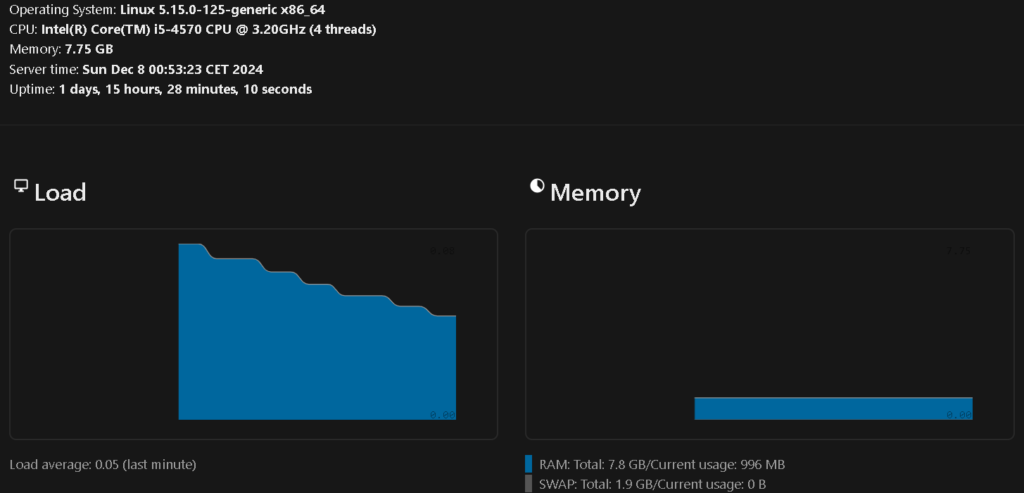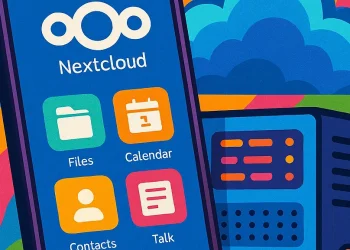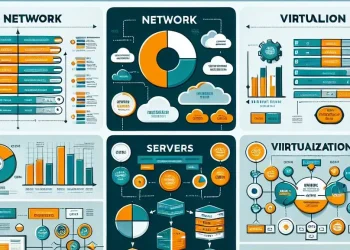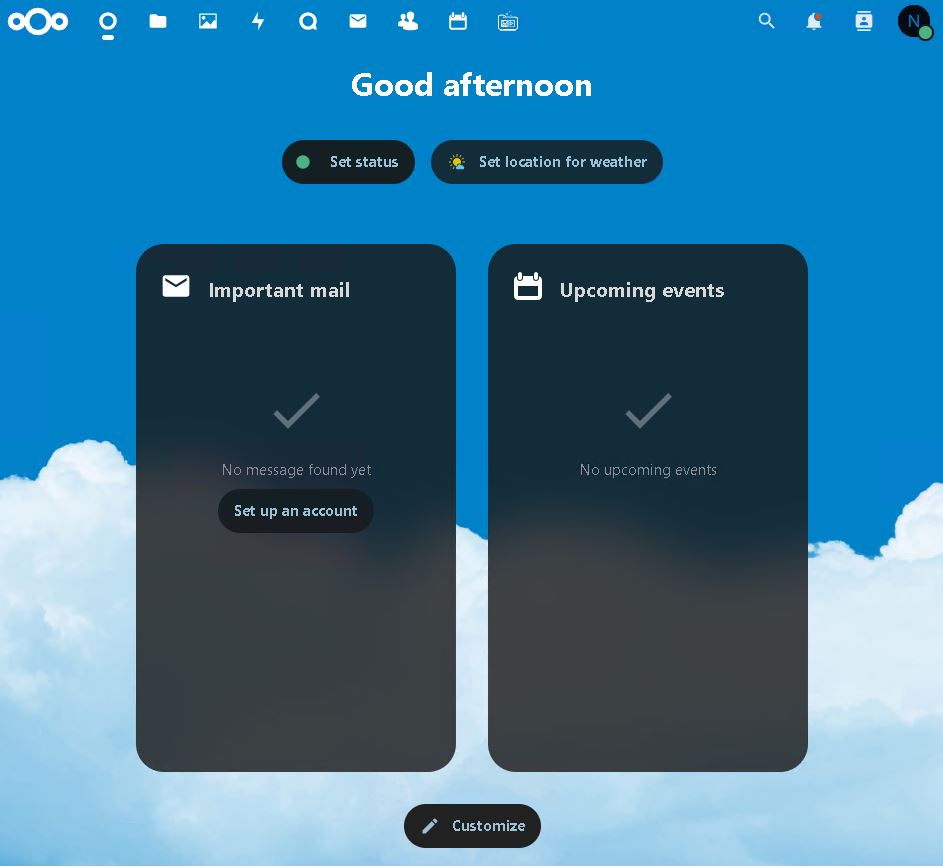Introduction
In this article, I will write about my experience that I have gathered in the last 2 years of using the Nextcloud application (self-hosted). Nextcloud has been my go-to solution for private cloud storage over the past years (currently using it more than 2 years), offering seamless file synchronization and collaboration features. Alongside a few friends and my family, I am using Nextcloud to share and manage data related to our free time activities :). The platform’s compatibility with Android and Apple devices has been a key advantage, ensuring we can access and upload files effortlessly from our smartphones.
Start of my Self-Hosted Nextcloud Journey
I began my journey with NextCloud starting from version 18. Over the years of using this application, I’ve encountered various challenges, particularly when upgrading to new versions. Each upgrade often necessitated the re-installation of additional components on the server.
My Tips for Self-Hosted Nextcloud Administrators
One of the key lessons I learned was the importance of utilizing server snapshots and backups. Thankfully, with snapshots, I was able to quickly revert to a previous state if an upgrade caused significant issues. This capability was invaluable in ensuring minimal downtime and fast recovery, allowing me to address problems without prolonged disruptions.
Self-hosted Nextcloud Virtual Machine Performance
The Nextcloud instance runs on a Ubuntu 22.04 as virtual machine on the HP EliteDesk 800 G1 TWR Host with Proxmox. Virtual machine is configured with:
- 4 CPU Cores ( Intel(R) Core(TM) i5-4570 CPU @ 3.20GHz)
- 8 GB of RAM
- 100 GB SSD

This setup has proven to be sufficient for our typical usage patterns, handling multiple users (4 users) simultaneously without significant performance bottlenecks. While heavy file uploads or intensive plugin usage (Cospend, Audi Player, Talk, Group folders, Memories, Notes) may occasionally cause slight delays, the system performs well overall. Routine maintenance and updates (Nextcloud Web Update and Upgrade) keep the platform stable, ensuring a reliable experience for all users.

My Nextcloud Use Case
Our Nextcloud instance serves as a centralized hub for data exchange and collaboration. Here’s how we use it:
- Freetime Collaboration: Together with my friends, we use Nextcloud to share files, pictures, and videos. The ability to manage shared folders and set permissions ensures everyone has access to the right documents without compromising privacy.
- Family Sharing: My family and I rely on Nextcloud for securely sharing personal files, such as photos, videos, and important documents. The ability to create individual user accounts allows for an organized and private file structure.
- Cross-Platform Access: The Nextcloud mobile apps for Android and iOS (iPhone) enable us to access, upload, and manage files on the go. Features like automatic photo upload have been especially convenient for backing up memories instantly.
- Security and Privacy: As a self-hosted solution, Nextcloud ensures our data stays private and within our control.
- Cost: Currently there is no extra cost for running Nextcloud server.
At the end, I highly recommend Nextcloud as a reliable and secure solution for managing and sharing data.














